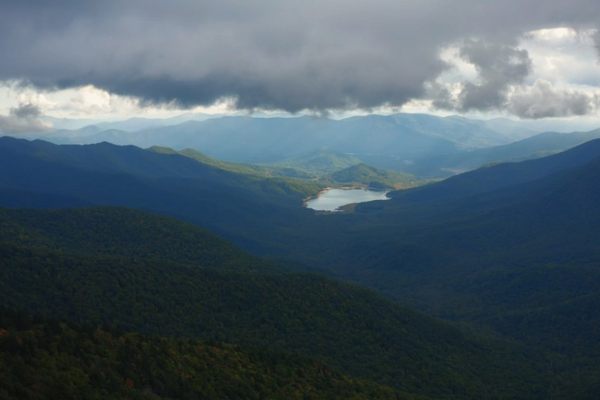The Lasting Magic of Drift Bottles
A man in France found a message-in-a-bottle from a student in North Carolina, and everybody loves it.

Today, oceanographers mostly rely on the latest GPS technology to study how large masses of water travel around the world’s oceans. But it wasn’t so long ago that they relied on a decidedly less efficient, though certainly more romantic, strategy: drift bottles.
In a famous experiment run in June 1914, Captain C. Hunter Brown of the Glasgow School of Navigation set adrift nearly 2,000 numbered bottles. Whoever found the bottle was asked to drop a note at the nearest post office stating its whereabouts. “Our object is to find out the direction of the deep currents of the North Sea,” the instructions explained. One of them was found in 2012, making it the world’s oldest message-in-a-bottle.
A science teacher in North Carolina, Susan Schambach, is the latest person to adopt Brown’s technique. As part of a lesson to teach her students about the Gulf Stream, Schambach has her students fill empty wine bottles containing a short explanation of their drift bottle experiment, a postcard, and Schambach’s email address. They then have the bottles dropped into the Gulf Stream about 40 miles off the coast, and wait. Over the past five years, three out of Ms. Schambach’s 53 drift bottles have been found stranded on European beaches, and the most recent one washed up in Normandy last month.
“I was excited, but more surprised,” 10-year-old Ben Geren told the Winstom-Salem Journal. It was Ben’s seaweed-covered bottle that Jean Pierre Enguehard, a retired grandfather, found while he was taking a walk on the beach. “I knew there was a chance in a million that it would be me, but millions happen.”
Message delivered: Bottle from Winston-Salem school found in France https://t.co/mQxijy9T5T #schoolproject #messageinabottle via @journalnow pic.twitter.com/3WsIgzZoCd
— France Today (@FranceToday) October 10, 2017
Drift bottles have a long history. It’s said that back in 310 B.C., the Greek philosopher Theophrastus tried to prove that the Mediterranean was formed by inflowing Atlantic currents by setting some bottles adrift and waiting for their return—they never did. During the 16th century, the British navy would communicate with Queen Elizabeth I by sending encrypted messages-in-bottles. Such was the strategic importance of these drifting codes that the Queen appointed an official “Uncorker of Ocean Bottles”—anyone else who dared to open them would face capital punishment.
Back in 2000, Eddy Carmack, a climate researcher at Canada’s Institute of Ocean Science, was so inspired by some of the amazing journeys drift bottles had made through history that he launched the Drift Bottle Project. Participants throw bottles over the side of ocean-going ships and mark the ‘drop’ location—when someone retrieves them, a ‘found’ location is added. Approximately one in every 25 bottles is found. The rest sink, wash up in uninhabited locations, or end up buried in sand. Carmack originally intended to use the lost and found bottles database to study ocean currents close to North America, but later extended its scope to the entire planet.
“There have been some amazing paths followed by these bottles,” he told National Geographic in 2012. Some were dropped off in Alaska’s Beaufort Sea, got frozen, and showed up five years later on the coasts of Northern Europe as a result of melting Arctic ice. Some made it from Mexico to the Philippines, while others proved that oil spills and debris from one part of the world can clearly affect far-reaching locations. It’s these deeply interconnected journeys that make the project so special to Carmack: “The main thing about this study is that it connects people with the currents of the ocean,” he told National Geographic. “We find that we are only a bottle drop away from our neighbors around the world.”












Follow us on Twitter to get the latest on the world's hidden wonders.
Like us on Facebook to get the latest on the world's hidden wonders.
Follow us on Twitter Like us on Facebook